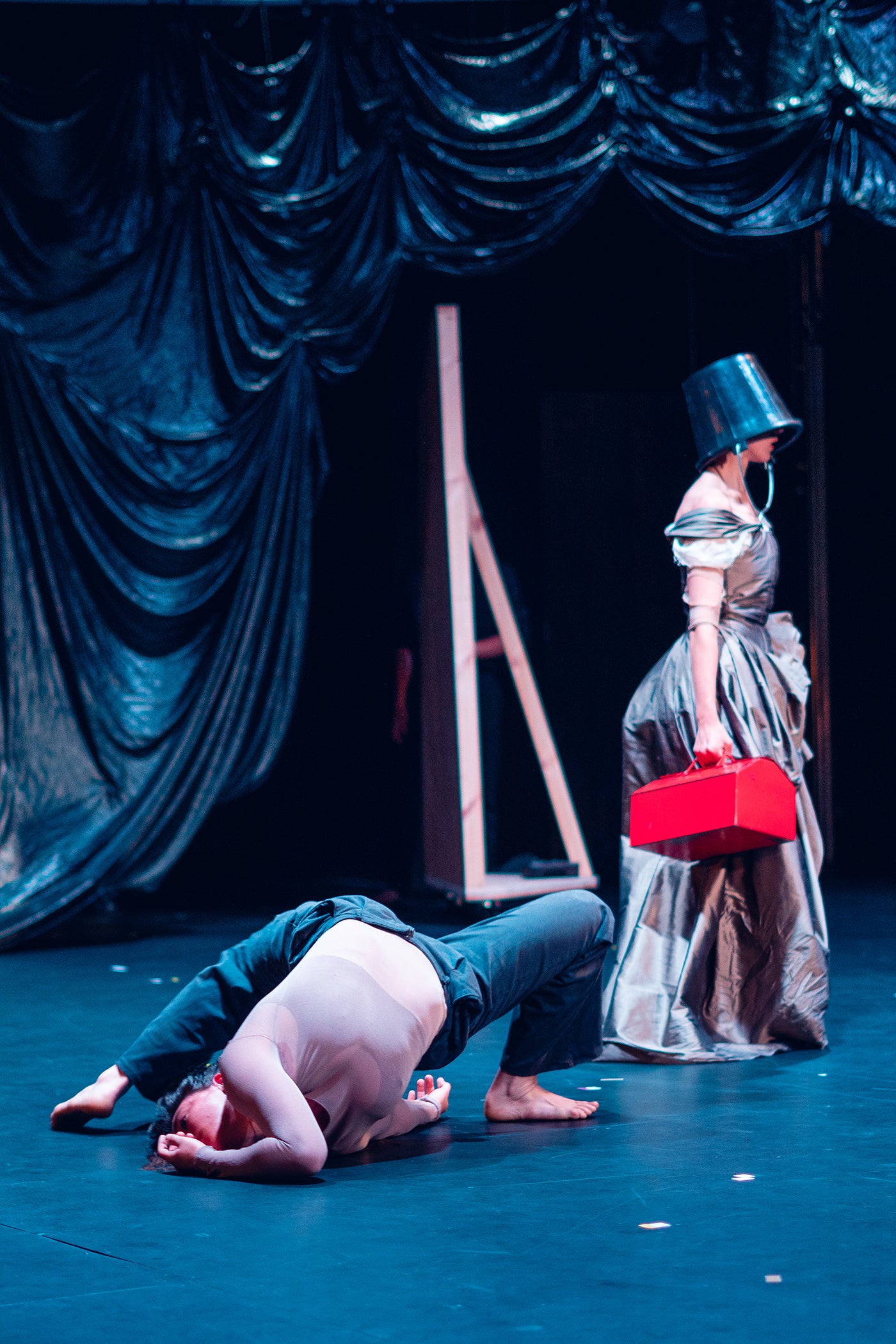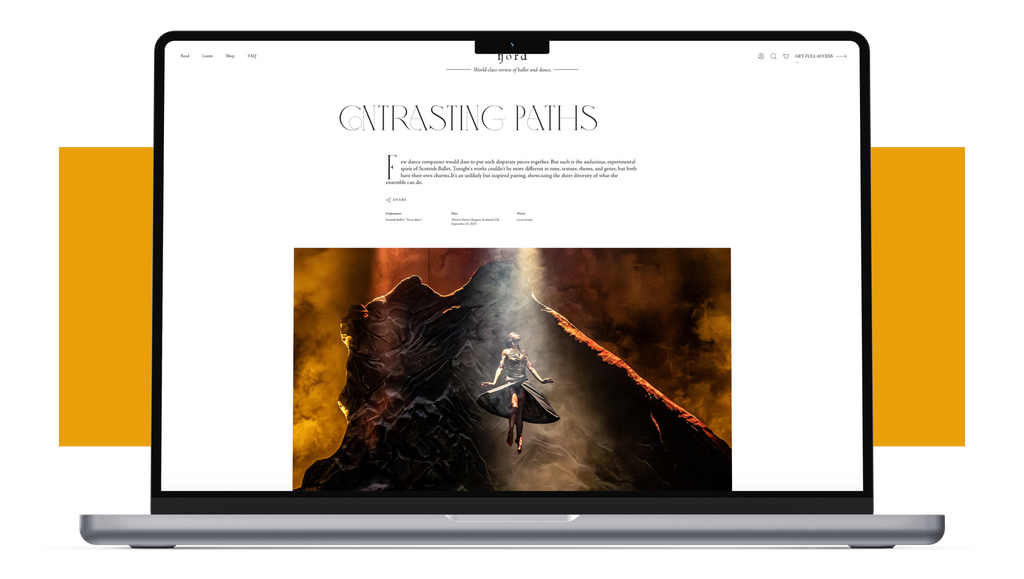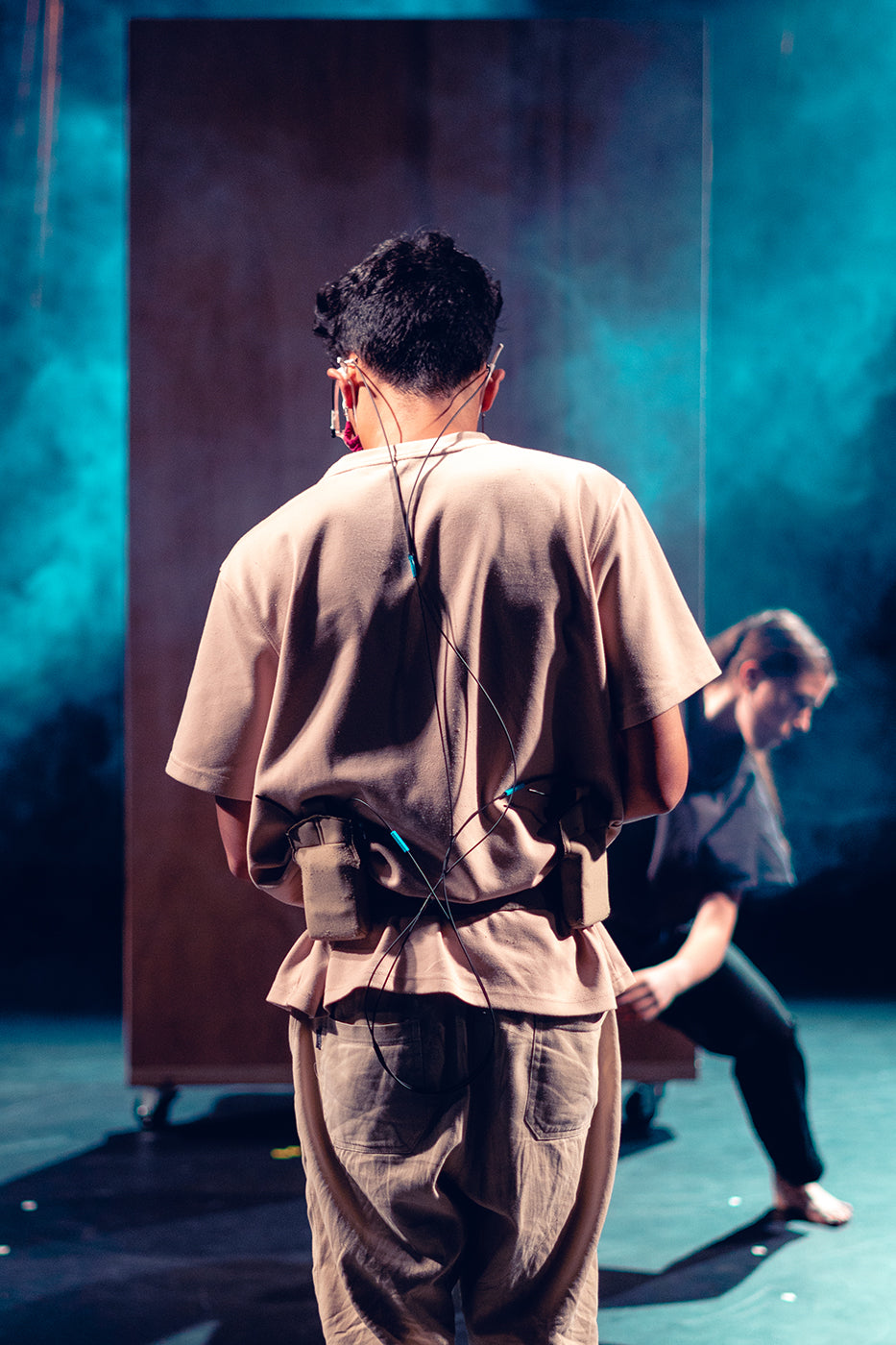Sweet Fields
According to artistic director Peter Boal’s welcome letter for Pacific Northwest Ballet’s fifth season program, the most popular mixed rep slates at PNB feature works by Crystal Pite or Twyla Tharp.
Continue Reading
World-class review of ballet and dance.
Created by Scottish Dance Theatre’s artistic director Joan Cleville, and filmed in one long, continuous take by digital artist Tao-Anas Le Thanh, “The Life and Times” is inspired by amongst other Baroque works, the Diego Velazquez’s painting, Las Meninas, which invites the viewer to observe the painter in his studio, flanked by a group of sumptuously attired models. The performance was originally streamed in 2021, partially in response to Cleville's rumination about our time spent in lockdown.
Performance
Place
Words



“Uncommonly intelligent, substantial coverage.”
Already a paid subscriber? Login

According to artistic director Peter Boal’s welcome letter for Pacific Northwest Ballet’s fifth season program, the most popular mixed rep slates at PNB feature works by Crystal Pite or Twyla Tharp.
Continue ReadingLassoing is a surprising through-line for a Martha Graham Dance Company performance. The theme steps generally tend towards the child-birthing variety: contractions and deep squats.
Continue ReadingAs a dance viewer, it’s easy to get swept up in the grand movements in a piece, glossing over the finer details.
Continue ReadingHubbard Street Dance Chicago was in New York for a two-week run March 12–24 at the Joyce Theater, a venue that consistently programs excellent smaller dance companies in its 472-seat theater.
Continue Reading
comments